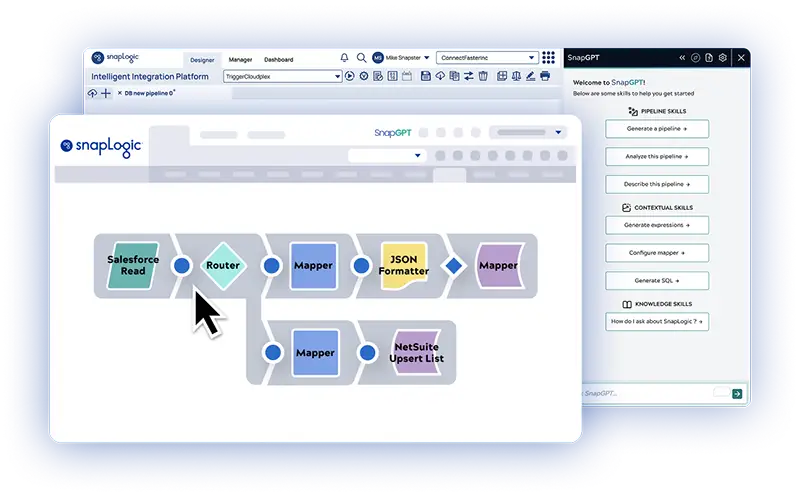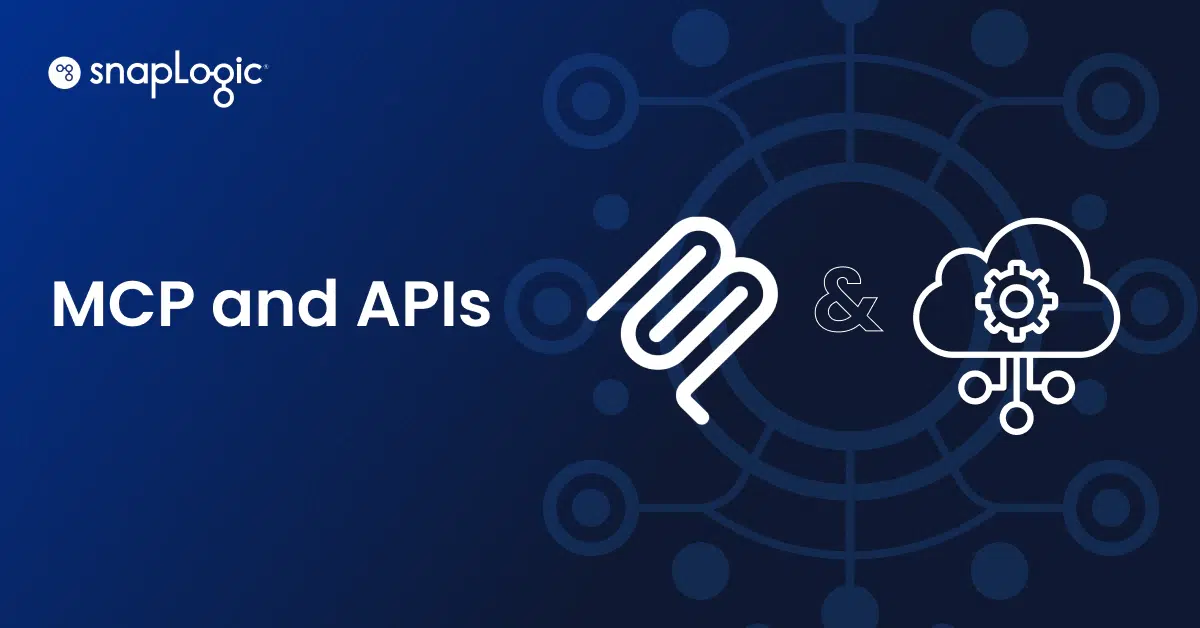Salesforce is one of the most popular customer relationship management (CRM) tools available in the cloud, primarily used to support sales, marketing, and customer service with customer data. However, other departments across the business need access to customer data, so larger businesses also use an enterprise resource planning (ERP) tool (like SAP, Oracle, Microsoft Dynamics) to connect planning, inventory, purchasing, sales, marketing, customer support, executives, finance, accounts receivable, human resources, and more.
CRM and ERP solutions work separately unless they are integrated. Many companies still have not integrated their two most powerful customer data tools, but as businesses work to drive automation across business processes, a Salesforce ERP integration is highly beneficial.
Advantages of a Salesforce ERP Integration
While this integration serves business process automation, underneath every decision to integrate lies its impact on customer experience. Integrating your CRM with your ERP system will deliver a more holistic 360-degree view of the customer, give the organization a single source of customer truth, and help reduce bottlenecks and errors that could negatively impact customer experience.
Here are the top advantages of integrating:
- More streamlined customer experience. When systems and data flows are integrated, customers experience a smoother, faster engagement with your company. Integrations make processes easier, faster, and more convenient. For B2B customers, making it easy to use products, buy new services, and renew helps drive loyalty and improve customer satisfaction. Sales teams can deliver on their promises and deepen trust.
- Improved efficiency. Integrating these core systems improves efficiency, functionality, and reduces time wasted on manual data entry. This frees employees to focus on building customer relationships and delivering exceptional customer experiences.
- Better data-based decision-making. When every team can access the same data from either system, they can be confident that they are working from a trustworthy, single source of customer information that is up-to-date in real-time.
- Fewer errors. Integrated SaaS systems mean minimal manual data entry and fewer errors. This inspires confidence in the validity of the data.
- Makes it easy to automate workflows. Data integration and application integration enables you to streamline business processes to quickly drive automation — with little to no coding needed.
How to Do a Salesforce ERP Integration
Integrating your Salesforce platform with your ERP software doesn’t have to be complex. Both systems have APIs and connectors that enable integration. When it comes to your integration project, you have options:
- Manual integration. You can do a point-by-point custom integration that requires your IT team to devote time and resources to connect the systems. They will need to make manual configurations and maintain the integration when either software system updates. Custom integrations generally take months to complete.
- Integration platform as a service (iPaaS), like SnapLogic. This removes the manual effort from integration and automates the integration process. This integration solution delivers the fastest, easiest integration experience and usually takes days to weeks to complete. It also automatically upgrades the integration when either software suite has updates.
The SnapLogic iPaaS has prebuilt connectors to quickly integrate the most popular CRM and ERP solutions. Learn how you can integrate Salesforce with SnapLogic today.









